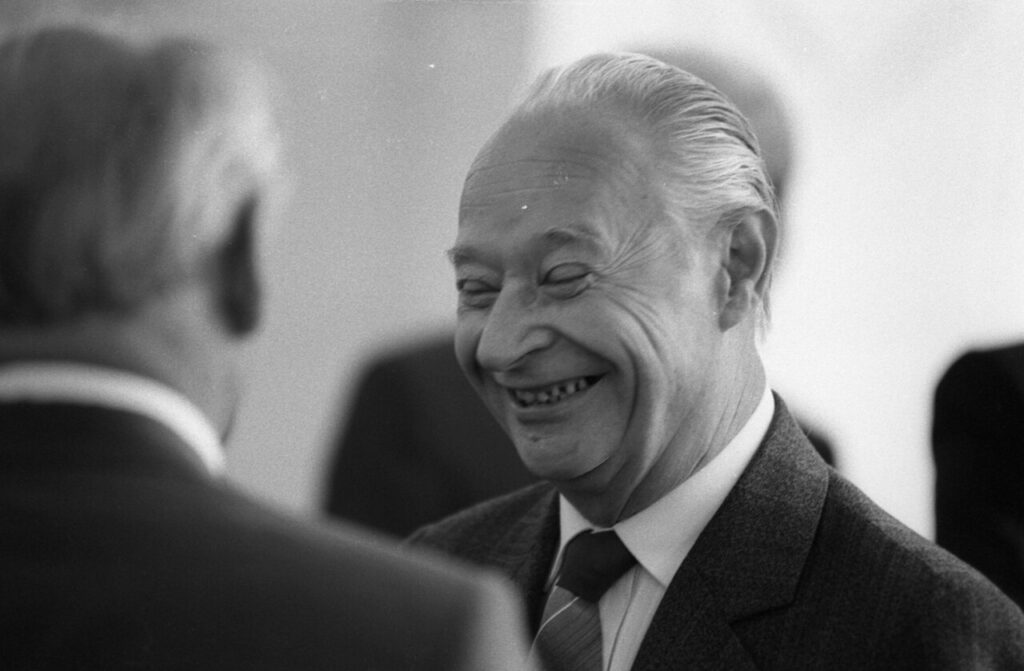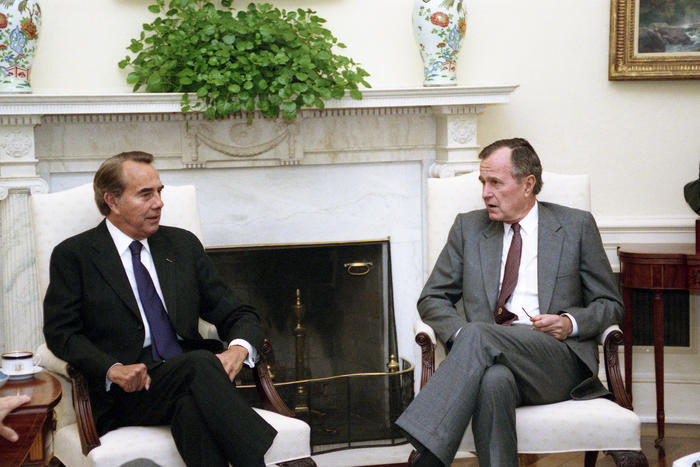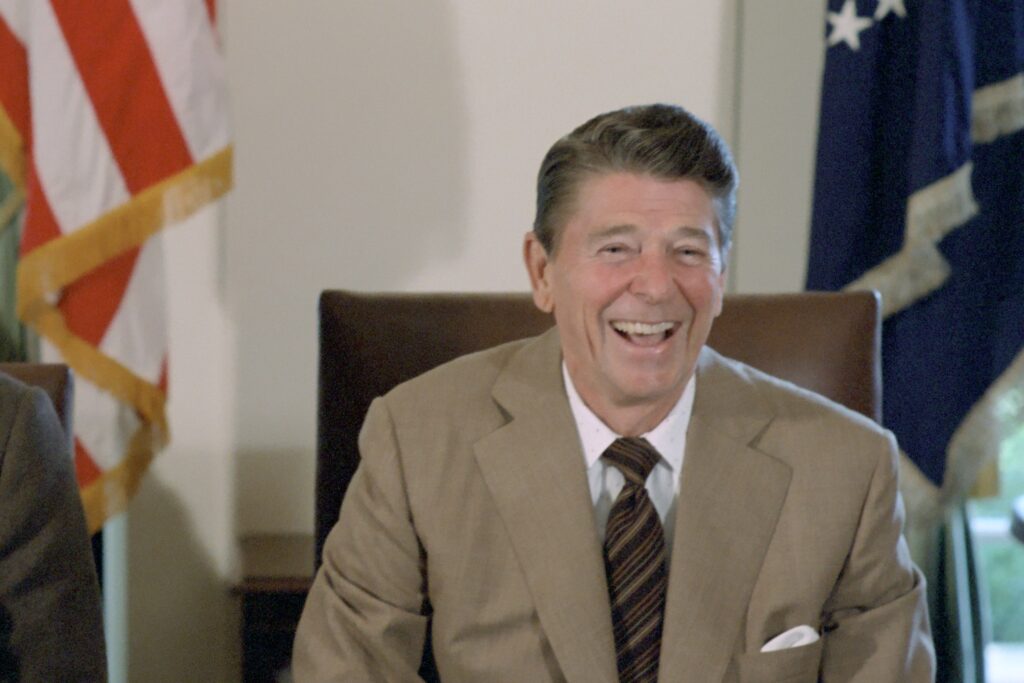‘Why Is This Man Smiling?’
Question looms as key to beating Zohran Mamdani.

The challenge of stopping the Democratic nominee for mayor of New York City, Assemblyman Zohran Mamdani, is flummoxing political opponents. A telegenic challenger, he deflects criticism with a disarming grin — a power that will have to be neutralized to defeat this happy warrior.
“Zohran Mamdani is a complete lunatic,” the Republican mayoral candidate, Curtis Sliwa, begins a fund-raising email on Monday. Yet the Democrat doesn’t display anything like the “wildly foolish, reckless, or uncontrolled” behavior of Merriam-Webster’s definition of lunatic.
If Mr. Mamdani is “leading the charge to defund the police and dismantle public safety,” as Mr. Sliwa alleges, he’s doing it while projecting joy. That amiable demeanor is a tremendous asset, as voters evaluate candidates by sight as much or more than by policy.
A Getty Images search for Mr. Mamdani delivers 845 results. In a few of the photos, he has a neutral expression. None show him looking angry, hostile, or even irritated. In the remainder, a smile is on his face — and in most of those, he’s beaming.

Mr. Mamdani offers what a Czechoslovakian statesman, Alexander Dubček, in 1968 called “Socialism with a smile.” The idea was to erase memories of the USSR’s oppression and death behind a more appealing “human face.”
After President Reagan died in June 2004, his official biographer, Edmund Morris, reflected on his image in New York Magazine. “Ronald Reagan wasn’t just born for the camera,” he said a Forbes photographer told him. “There was something about him that film likes.”
Mr. Mamdani has a dose of Reagan’s magic, an incalculable asset in the age of social media. It’s not an endorsement of his policies to recognize that strength. In fact, campaigns often lose when they insist on running against their versions of opponents rather than accepting how the electorate sees them.
The 1996 GOP presidential candidate, Senator Dole, demonstrated frustration with his campaign’s strategy when he asked, “Where’s the outrage?” Americans were ignoring the character flaws that Republicans saw whenever they looked at Dole’s rival, President Clinton, yet they kept hammering that angle.

In 2006, the Liberal Party of Canada tested a commercial called “Soldiers” online, warning that the Conservative Party leader, Stephen Harper, would militarize the country. Because Mr. Harper looked harmless, though, the ad was mocked by all sides as a farce and the Liberals canceled plans to air it on TV.
Appearances carry great weight in modern campaigns, which is why a myth from the first presidential debate in 1960 seems so plausible. The claim is that those listening on the radio felt President Nixon won, while those watching on TV preferred President Kennedy. But polls didn’t find any such disparity.
So, to paraphrase a “Sound of Music” song, “How do you solve a problem like Mamdani?” Start with the old question: “Why is this man smiling?” Everyone knows that smiles can hide sinister intent. Mr. Sliwa — and Mayor Adams on the independent line — can exploit that knowledge to create doubt.
In the 2011 Republican primaries, a PAC supporting Senator Romney ran an ad featuring President Obama flashing his teeth wide. “Why is this man smiling?” a narrator asked, before swapping in Speaker Gingrich, implying that he was in league with the Democratic president.

Implying sinister intent behind a smile by saturating the airwaves with ads plants a suggestion. Once it sprouts into doubt, it changes the perception of voters and weakens the targeted candidate.
Mr. Clinton’s strategist, James Carville, flipped President George H.W. Bush’s experience into a liability with that kind of strategy. Bush “reeks of yesterday,” Mr. Carville said. It was a reverse of Reagan’s 1984 debate zinger that he wouldn’t use Vice President Mondale’s “youth and inexperience” against him.
When Dole in his convention speech promised to build a “bridge” to a more tranquil past, Democrats said he wanted to take the country backward. Mr. Clinton promised to “build a bridge to the 21st century” instead, and beat another World War II hero with a much longer record.
The camera loves Mr. Mamdani and going after him on policy alone won’t be enough to dent his appeal. To do that, his opponents will have to see him as the electorate does and turn his strength into a weakness. If they don’t, expect the Democratic Socialist to be the one grinning on Election Night.

